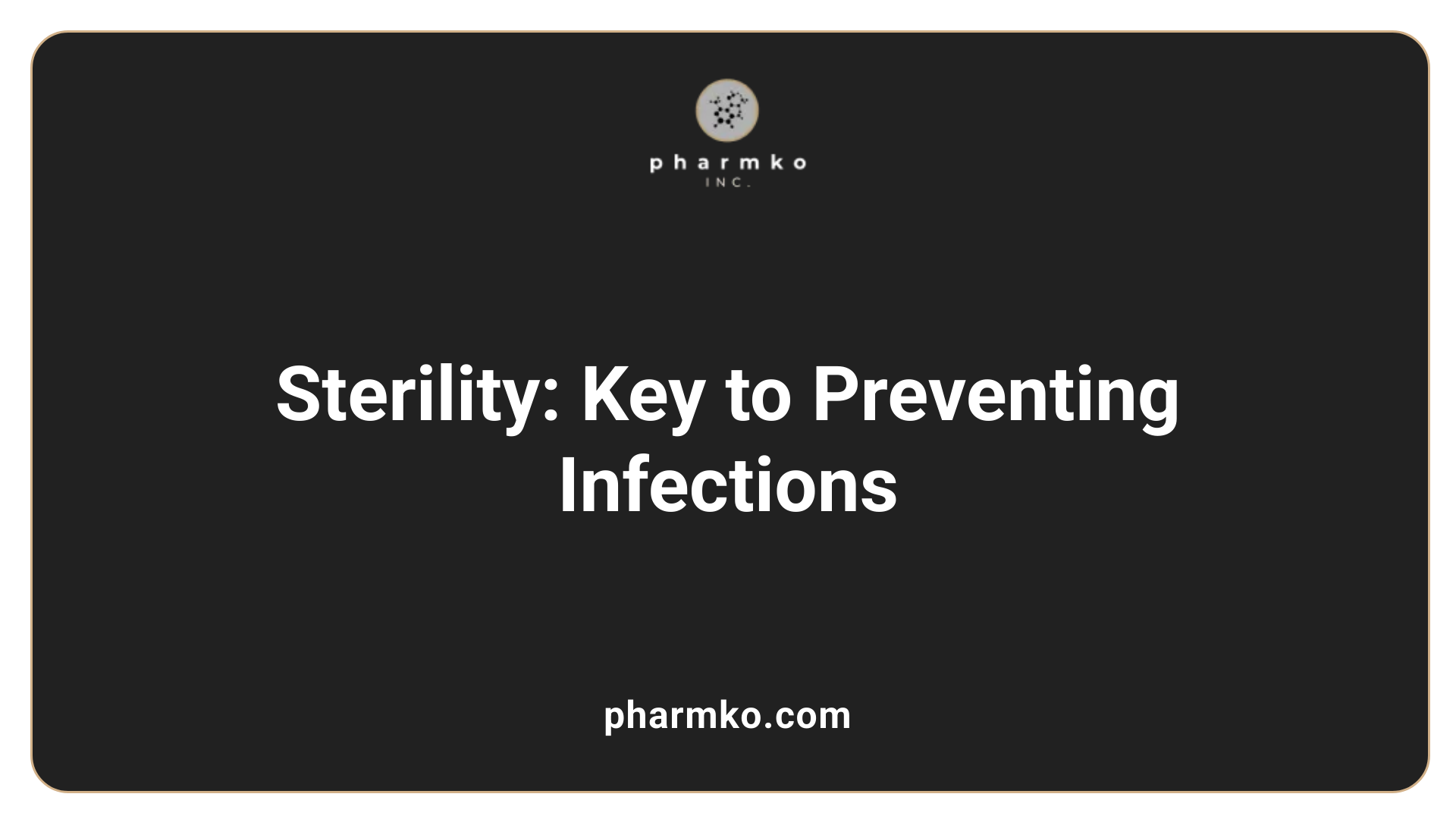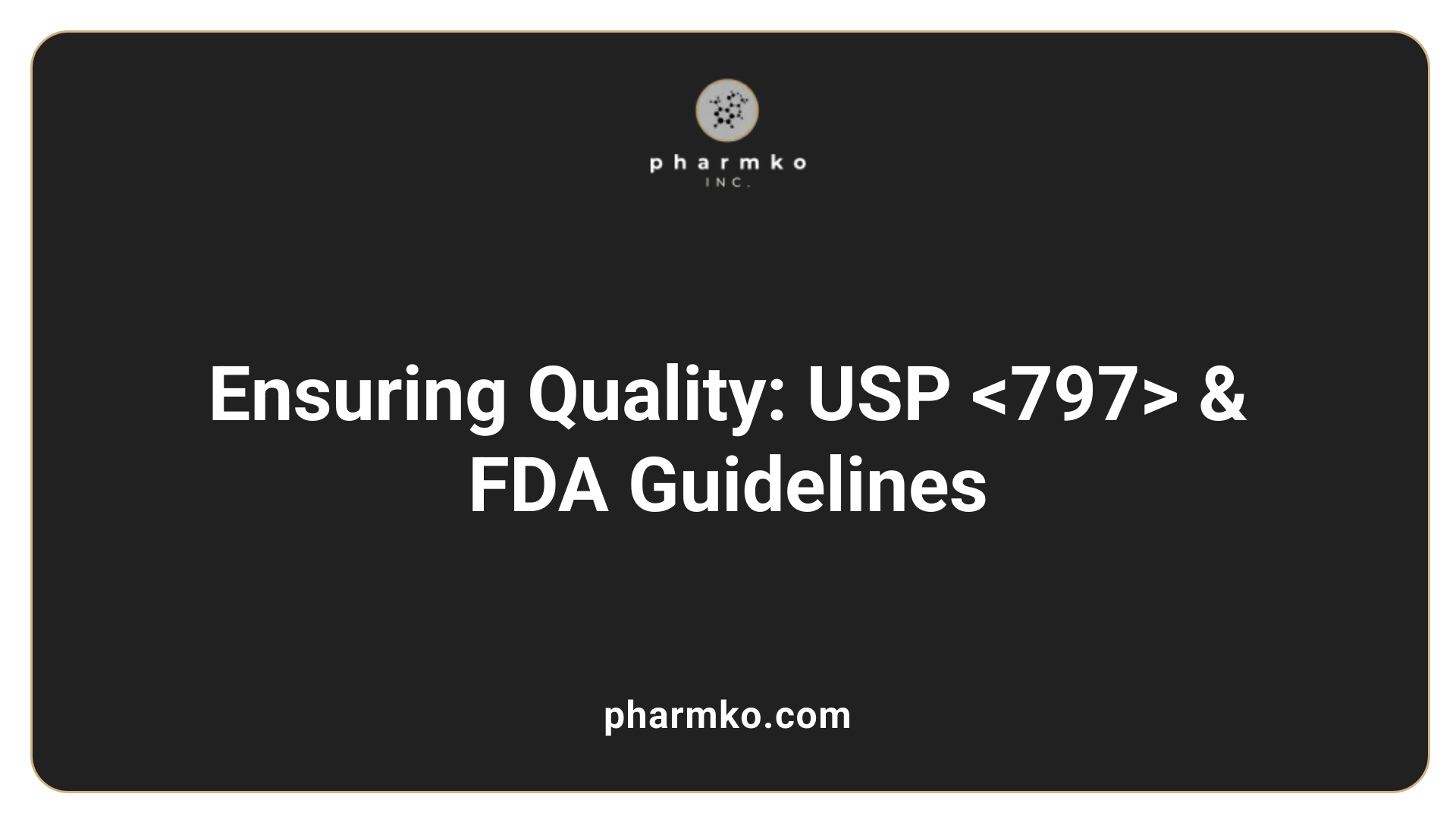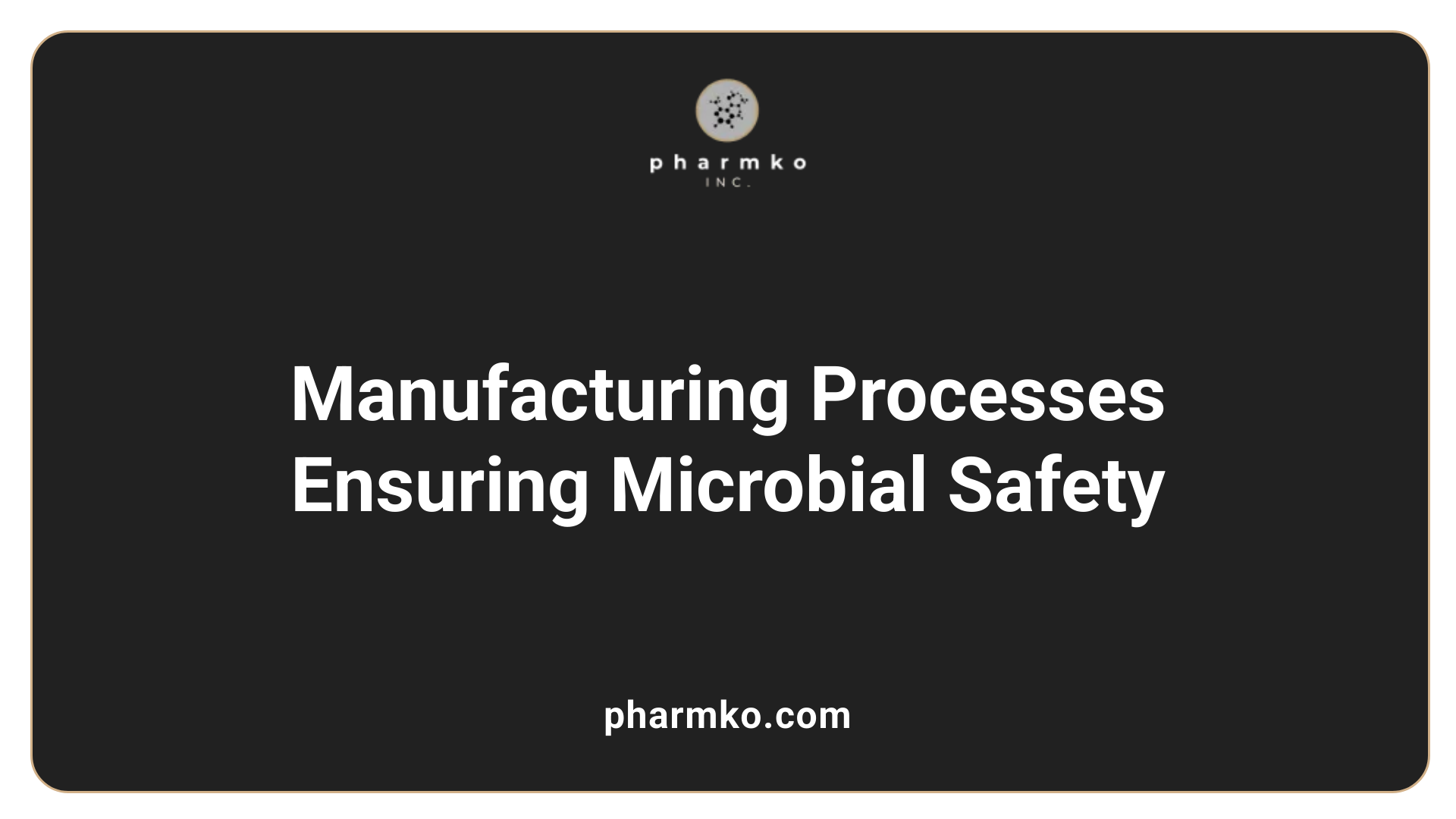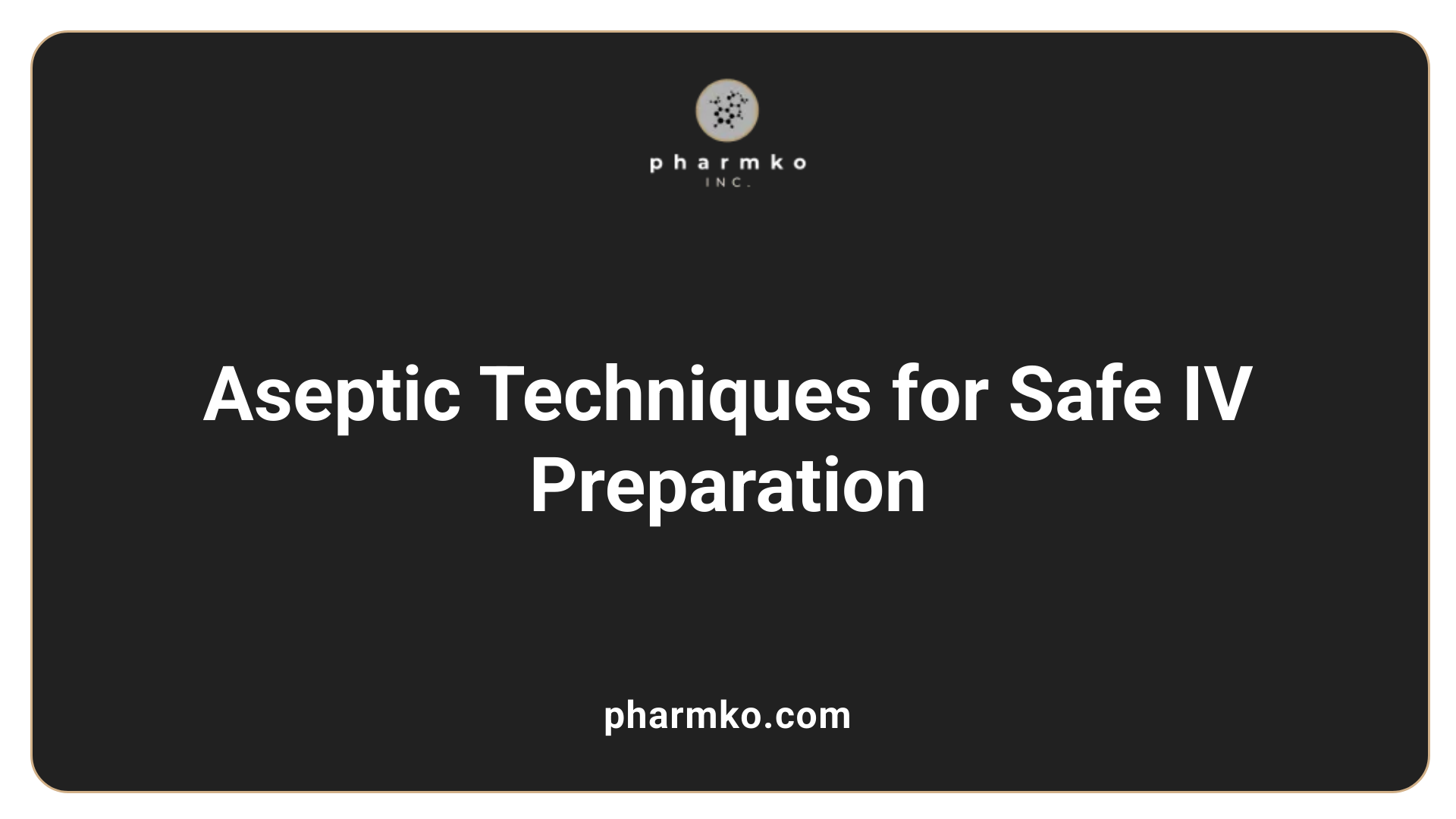Are there sterile solutions for IV therapy needs?
Intravenous (IV) therapy plays a vital role in modern medicine, providing a direct route to deliver fluids, medications, and nutrients to patients across all age groups. Central to the safety and effectiveness of IV therapy are sterile solutions that prevent infections and ensure optimal patient outcomes. This article explores the types of sterile solutions used in IV therapy, their availability, manufacturing processes, safety standards, and supply chain considerations, addressing the critical question: Are there sterile solutions for IV therapy needs?.
Common Types of Sterile Solutions in IV Therapy

What are the common types of sterile solutions used in IV therapy?
In IV therapy, a variety of sterile solutions are used to meet different medical needs. These solutions fall into two main categories: crystalloid and colloid solutions.
Crystalloid solutions are the most frequently used and include isotonic, hypertonic, and hypotonic options. Isotonic solutions, such as normal saline (0.9% sodium chloride), Lactated Ringer’s, and dextrose solutions like D5W (dextrose 5% in water), are designed to match the osmolarity of blood, making them suitable for hydration and electrolyte balance.
Hypertonic solutions, including 3% or 5% sodium chloride, are used to correct significant electrolyte imbalances or to reduce swelling by drawing fluid out of cells.
Hypotonic solutions, such as half-normal saline (0.45% sodium chloride), are often employed to hydrate cells and treat cellular dehydration.
Colloid solutions contain larger molecules like albumin or hetastarch that don’t easily cross blood vessel walls. These are used primarily to expand blood volume quickly and to support blood pressure through increasing oncotic pressure.
| Solution Type | Examples | Purpose | Additional Details |
|---|---|---|---|
| Crystalloid, Isotonic | Normal Saline, Lactated Ringer’s, Dextrose solutions | Hydration, electrolyte rebalance, medication delivery | Mimic blood osmolarity for general use |
| Crystalloid, Hypertonic | 3% or 5% Sodium Chloride | Correcting severe hyponatremia, reducing cerebral edema | Draws water into blood vessels |
| Crystalloid, Hypotonic | 0.45% Sodium Chloride | Cellular hydration, dehydration treatment | Swells cells with water |
| Colloid | Albumin, Hetastarch | Expand blood volume, support blood pressure | Large molecules stay in bloodstream |
Choosing the right solution depends on the patient’s specific condition, goal of therapy, and clinical judgment. Healthcare providers carefully select from these options to ensure effective and safe IV therapy.
The Critical Role of Sterility in IV Solution Usage

Why is sterility important in IV solution selection and usage?
Sterility is fundamental when it comes to IV solutions because it prevents the introduction of harmful microbes into a patient's bloodstream. Contaminated IV fluids can cause severe infections such as bloodstream infections or sepsis, which may lead to serious health complications.
Using sterile techniques and equipment involves ensuring that IV solutions, medications, and the insertion procedures are free from bacteria, fungi, or viruses. This process reduces risks like phlebitis, infiltration, and other infusion-related complications.
Maintaining an aseptic environment during the preparation and administration of IV fluids minimizes the chance of transmitting bloodborne pathogens, especially important when invasive devices like catheters are involved.
Additionally, sterility supports the effectiveness of therapy itself by preventing infection that could impede recovery or worsen the patient's condition.
In essence, sterile practices in IV therapy are vital for patient safety, infection control, and the success of the treatment plan.
Risks associated with contaminated IV solutions
Contaminated IV fluids pose several risks to patients. Infections such as bacteremia or septicemia can develop if microbes enter the bloodstream via contaminated solutions.
Other risks include localized infections at the catheter site, which can spread and cause systemic illness. Moreover, contaminated solutions may lead to inflammation, allergic reactions, or worse overall health outcomes.
In severe cases, these infections can prolong hospital stays, increase medical costs, and lead to life-threatening conditions.
Understanding these risks underscores the importance of strict sterility protocols when handling IV solutions.
Sterile techniques in preparation and administration
Preparation of IV solutions occurs in controlled, sterile environments to prevent microbial contamination. This includes hand hygiene, use of gloves, and working within laminar flow hoods or clean rooms.
Priming IV tubing carefully, checking for air bubbles, and ensuring sterile connection methods are critical steps during setup.
During administration, proper insertion techniques, site care, and equipment handling preserve the solution's sterility.
Post-infusion, containers are labeled with date, time, and practitioner's initials, and solutions are promptly changed if they expire, become contaminated, or if clinical instructions change.
Following these steps helps maintain the sterile integrity of IV solutions, ensuring safe, effective treatment with minimal risk of infection.
| Aspect | Practice | Purpose |
|---|---|---|
| Preparation | Sterile environment and hand hygiene | Prevent contamination during solution compounding |
| Handling | Using sterile gloves and equipment | Avoid introducing microbes into the IV system |
| Administration | Proper site care and aseptic technique | Minimize infection risks at insertion site |
| Monitoring | Regular site checks and solution labeling | Ensure ongoing sterility and safety |
Adhering to strict sterile procedures throughout the process is essential to safeguard patient health during IV therapy.
Regulations and Standards Ensuring the Safety of IV Solutions
 The safety of sterile intravenous (IV) solutions is protected by a comprehensive regulatory framework that includes guidelines from several authoritative organizations. Central to these are the Food and Drug Administration (FDA) regulations, which oversee the manufacturing, sterilization, and quality assurance processes of IV fluids to ensure they are safe, pure, and effective for patient use.
The safety of sterile intravenous (IV) solutions is protected by a comprehensive regulatory framework that includes guidelines from several authoritative organizations. Central to these are the Food and Drug Administration (FDA) regulations, which oversee the manufacturing, sterilization, and quality assurance processes of IV fluids to ensure they are safe, pure, and effective for patient use.
Complementing FDA oversight are the standards set forth in USP <797>. This guideline provides detailed requirements for sterile compounding, emphasizing aseptic techniques, environmental controls, personnel training, and validation of sterilization processes. USP <797> establishes rigorous protocols that help prevent microbial contamination during the preparation of IV solutions, particularly in settings like hospitals and compounding pharmacies.
Environmental controls are critical components of these standards, requiring clean, controlled environments with proper air filtration, cleanroom procedures, and regular cleaning schedules. Personnel handling IV solutions must be thoroughly trained in aseptic techniques, proper hand hygiene, and the use of personal protective equipment to maintain a sterile environment.
Furthermore, strict handling protocols for vials and ampoules are mandated to prevent contamination. For example, multi-dose vials should be discarded within 28 days of opening, and all materials used in compounding must be sterile and disposed of properly.
Accreditation bodies such as The Joint Commission (JCAHO), Accreditation Commission for Health Care (ACHC), and Community Health Accreditation Partner (CHAP) enforce compliance with these safety standards. These organizations conduct regular inspections and audits to ensure that healthcare facilities follow the appropriate procedures and maintain high safety standards.
In summary, the protection of IV solution safety relies on a combination of federal regulations, industry standards like USP <797>, strict environmental controls, and ongoing personnel education. Together, they create a robust framework that minimizes risks of infection or contamination and ensures that patients receive safe, sterile IV therapies.
| Regulation/Standard | Focus Area | Purpose | Additional Notes |
|---|---|---|---|
| FDA regulations | Manufacturing & sterilization | Ensure quality & safety | Includes sterilization validation & packaging |
| USP <797> | Aseptic compounding | Prevent contamination | Details environmental controls & staff training |
| Environmental controls | Cleanroom standards | Maintain sterile environment | Includes air filtration & surface cleanliness |
| Personnel training | Aseptic techniques | Reduce contamination risk | Regular competency assessments |
| Accreditation bodies | Compliance enforcement | Ensure ongoing safety | Inspection & audit processes |
Commercial Availability versus Compounding of Sterile IV Solutions
Are sterile solutions for IV therapy commercially available or do they require compounding?
Sterile solutions used in IV therapy are primarily available as ready-to-use commercial products. These include common solutions like normal saline, dextrose in water, and electrolyte mixes, all produced by major pharmaceutical companies. These products are manufactured under strict quality controls within controlled environments to ensure sterility and safety.
Commercially prepared IV solutions are designed to meet regulatory standards such as those set by the FDA and guidelines like USP <797>. They are packaged for immediate use, reducing the risk of contamination and ensuring consistency. These ready-to-use solutions are widely supplied and are the backbone of routine IV therapy in hospitals and clinics.
However, there are situations where custom formulations are necessary. For instance, when a patient requires specific nutrients, medications, or electrolytes not available in pre-made products, healthcare providers or licensed pharmacies perform sterile compounding to create individualized solutions.
Sterile compounding involves preparing medications in specially equipped facilities that follow aseptic techniques and rigorous safety protocols to prevent contamination. This process is governed by strict regulations, including USP <797>, which outlines standards for sterile preparation and handling.
While the majority of IV fluids are commercially available and ready to use, compounded sterile solutions are vital in personalized treatments. They are especially important in cases requiring specific drug combinations or when commercial options are limited.
In summary, most sterile IV solutions are obtainable through commercial manufacturing. Nonetheless, in specific cases, sterile compounding is necessary to tailor treatments, with both methods carefully regulated to prioritize patient safety.
Supply Chain and Manufacturing Considerations
What are the sources and supply considerations for sterile IV solutions?
The supply of sterile IV solutions largely depends on major pharmaceutical manufacturers. Companies like ICU Medical and Baxter International are primary producers, with Baxter’s North Cove facility historically providing about 60% of the nation's IV fluids. These manufacturing plants produce a variety of solutions, including normal saline, lactated Ringer’s, and dextrose solutions.
However, the supply chain can be vulnerable to disruptions. Natural disasters, such as hurricanes, have previously led to significant shortages. For example, after Hurricane Helene, Baxter’s North Cove plant experienced delays, impacting the availability of IV fluids nationwide. Similar issues occurred following Hurricane Milton, prompting temporary imports from international facilities to help fill the gap.
In addition, manufacturing shutdowns at other facilities, like B. Braun Medical’s plant in Florida, have further strained supplies. As a response, regulatory agencies and companies have taken measures such as extending the shelf life of existing products and increasing international sourcing.
Healthcare providers and facilities are encouraged to adopt conservation strategies during shortages. These include delaying non-urgent infusions, using smaller IV bags, and exploring oral hydration options where appropriate. Increased transparency from manufacturers and strategic stockpiling also play crucial roles in maintaining supply stability.
Overall, maintaining a resilient IV solutions supply relies on diversified manufacturing sources, proactive contingency plans, and close coordination with regulatory agencies. Preparedness ensures that critical hydration and medication needs are met despite potential disruptions.
Manufacturing and Sterilization Processes of IV Solutions

How are IV solutions sterilized during manufacturing?
IV solutions are primarily sterilized during manufacturing through terminal sterilization methods. This process involves subjecting the final product, or components, to high temperatures or sterilizing agents to eliminate all viable microorganisms, ensuring the solution's safety for injection.
One common approach is moist heat sterilization, also known as steam autoclaving. This method exposes the IV solutions to saturated steam under pressure at high temperatures, typically around 121°C for a specific cycle duration. Autoclaving is effective and widely used, especially for solutions that can withstand heat without degradation.
For solutions or materials sensitive to heat, other sophisticated sterilization techniques are employed. Vaporized hydrogen peroxide (H2O2) sterilization is one such method that uses a precise, low-temperature vapor to achieve sterility. These systems, supported by standards such as ISO 22441:2022, are ideal for heat-sensitive solutions and devices.
Ethylene oxide (EtO) gas sterilization is another widely used technique, especially for medical devices that cannot endure high temperatures. EtO is a potent sterilizing agent that penetrates packaging and materials, destroying microorganisms.
About half of all sterile medical devices in the U.S. are sterilized using ethylene oxide, underscoring its importance in healthcare manufacturing.
Regulatory oversight of sterilization processes is stringent. Agencies like the Food and Drug Administration (FDA) review and approve sterilization methods for medical products, including IV solutions. The process must meet recognized standards, such as ISO 11135:2014 for ethylene oxide sterilization, to ensure consistent safety and efficacy.
While terminal sterilization is the most common method, aseptic processing may be used for particularly sensitive products. This involves sterilized components being assembled in sterile environments to maintain sterility. However, the goal remains to achieve maximum sterility assurance through effective terminal sterilization before packaging.
In summary, the sterilization of IV solutions during manufacturing involves a combination of heat and low-temperature techniques, regulated by strict standards to prevent contamination and ensure patient safety.
Safety Assurance and Quality Control in Manufacturing
How are microbial testing and validation performed on IV solutions?
Microbial testing is essential to ensure sterile IV solutions are free from contamination before they reach patients. Manufacturers typically conduct various microbiological assessments, including microbial plating and incubation procedures. These involve applying samples of the IV solution onto growth media and incubating them under controlled conditions to detect any microbial growth.
Colonies that appear are identified and analyzed to determine the presence of bacteria, fungi, or other contaminants. This process helps verify that the manufacturing process consistently produces sterile solutions. Validation also includes checks on sterilization methods like filtration or heat sterilization, ensuring they effectively eliminate microbes.
Routine testing is complemented by stability studies that confirm the solution remains sterile during its shelf life. These practices are vital for maintaining high standards of safety in IV solution production.
What are the recommended storage conditions for IV solutions?
Proper storage of IV solutions is critical to maintain sterility and efficacy. Sterile solutions should be stored in controlled environments, typically in dedicated, clean storage rooms or refrigerators. Vials and bags intended for IV therapy must be kept at refrigerated temperatures of 34-38°F (1-3°C) if they are refrigerated. However, some solutions are stable at room temperature but should be protected from light and stored away from food or potential contaminants.
To prevent contamination, vials should remain capped and only be opened immediately before preparation for infusion. Multi-dose vials should be discarded within 28 days of opening or as advised by the manufacturer.
Refrigerators used for storage should be maintained weekly by cleaning and replacing filters to ensure air quality and prevent microbial growth. Proper labeling and organization help facilitate correct storage and handling, reducing the risk of errors.
What does post-production testing include?
After manufacture, IV solutions undergo rigorous post-production testing to detect any microbial contamination and verify quality. This testing involves plating samples and incubating them to observe any microbial colonies that might indicate contamination.
Additional tests confirm the solution’s chemical stability, pH, and endotoxin levels, ensuring it remains safe for infusion. If microbial growth is detected, further analysis identifies the pathogen, and the batch is either reprocessed or discarded.
Quality checks also ensure accurate labeling, expiration dates, and storage instructions. Post-production testing forms a vital part of quality assurance, helping to prevent contaminated solutions from reaching healthcare facilities and safeguarding patient safety.
| Aspect | Description | Additional Details |
|---|---|---|
| Microbial Testing | Detects microbial contamination | Uses plating, incubation, colony ID |
| Storage Conditions | Maintains solution stability and sterility | Refrigeration at 34-38°F, light protection |
| Post-production Testing | Ensures ongoing safety | Includes microbial, chemical, endotoxin testing |
In summary, strict microbial validation, proper storage, and thorough post-production testing are fundamental to ensuring the safety of IV solutions, aligned with regulations like USP <797> and overseen by agencies such as the FDA.
Storage, Handling, and Aseptic Techniques

Proper storage conditions
Sterile IV solutions require careful storage to maintain their safety and efficacy. Refrigerated solutions should be kept at temperatures between 34-38°F to inhibit microbial growth and preserve potency. These solutions must be stored separately from food, medications, or human specimens to prevent cross-contamination. Vials of sterile liquids, especially those that are unopened, should remain capped and protected from environmental contaminants. Proper labeling with the date, time, and personnel initials when opened or used is crucial for tracking the freshness and safety of each product.
Handling procedures in sterile environments
Handling IV solutions in sterile settings is essential to prevent infections and ensure product integrity. Personnel involved in preparation and administration must follow strict hygiene protocols, including thorough hand washing or wearing non-sterile gloves. The preparation areas should be well-lit and ventilated, with air filters replaced every two months to reduce airborne contaminants. All surfaces and materials that contact sterile solutions must be disinfected regularly and only touch other sterile surfaces. When priming IV tubing, checking for air bubbles and ensuring no contact with non-sterile surfaces are vital steps.
Aseptic techniques during preparation and administration
Aseptic technique is the cornerstone of IV solution preparation, involving practices that eliminate microbial contamination. Preparation rooms should be dedicated, clean, and equipped with sterile tools and supplies. Staff must wear appropriate protective clothing, including gloves and masks, to minimize microbial transfer. Reusable items should be sterilized regularly. When handling vials, the rubber stoppers should be disinfected prior to needle insertion, and the vials should be used within 24 hours of first puncture to prevent microbial growth. During infusion, ensuring tubing is primed correctly, and the IV site is maintained using sterile dressings, further reduces the risk of infection.
Standards for sterile compounding and manufacturing of IV solutions
The standards governing sterile compounding are outlined in USP <797>, which provides comprehensive guidelines to ensure the sterility, quality, and safety of IV medications. These standards specify controlled environment requirements, including clean rooms with HEPA filtration, temperature, humidity controls, and environmental monitoring to detect any microbial presence. Personnel training in aseptic techniques is mandatory, emphasizing proper hand hygiene, garbing, and technique to prevent contamination. In addition to strict handling procedures, post-production testing such as microbial sampling and incubation are carried out to verify the absence of microbial growth. Solutions must be stored appropriately and used within designated timeframes, typically 24 hours after preparation, to prevent the proliferation of microbes. These rigorous standards help maintain high levels of safety from manufacturing through administration.
Final Remarks on IV Solution Safety and Availability
In conclusion, sterile solutions for IV therapy are widely available through commercial manufacturing, adhering to strict safety and quality standards. Despite occasional supply disruptions caused by natural disasters or manufacturing shutdowns, the industry responds with contingency strategies, including imported supplies and enhanced production efforts. The preparation and handling of IV solutions follow stringent regulatory guidelines to ensure sterility, thereby safeguarding patient health. As medical technology advances, continuous improvements in manufacturing processes, supply chain resilience, and infection control practices will reinforce the critical role of sterile solutions in delivering safe and effective IV therapy to patients worldwide. Ensuring access to sterile, reliable IV solutions remains a cornerstone of modern healthcare.
References
- IV Fluids (Intravenous Fluids): Types & Uses - Cleveland Clinic
- Chapter 23 IV Therapy Management - Nursing Skills - NCBI Bookshelf
- IV Pharmacy | What Is IV Therapy? - Olympia Pharmaceuticals
- The Sterile Intravenous (IV) Fluid Shortage Crisis Update
- Chapter 1 Initiate IV Therapy - Nursing Advanced Skills - NCBI
- Why Did Sterile Salt Water Become The IV Fluid Of Choice? - NPR
- 8.4 Priming IV Tubing and Changing IV Fluids and Tubing
- Difference Between IV Bolus vs. IV Push - Mobile IV Nurses
- Injectable IV Solutions | ICU Medical
- Best practices guidelines for IV preparation - INCRI / ANRI / NORI













